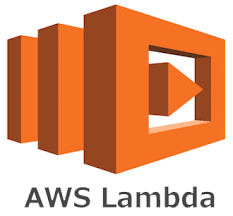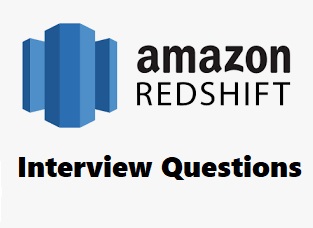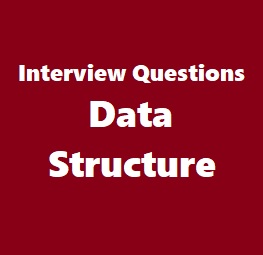8. How do I make an AWS Lambda function respond to updates in an Amazon DynamoDB table?
You can trigger a Lambda function on DynamoDB table updates by subscribing your Lambda function to the DynamoDB Stream associated with the table. You can associate a DynamoDB Stream with a Lambda function using the Amazon DynamoDB console, the AWS Lambda console or Lambda’s registerEventSource API.
9. How do I use an AWS Lambda function to respond to Amazon CloudWatch alarms?
First, configure the alarm to send Amazon SNS notifications. Then from the AWS Lambda console, select a Lambda function and associate it with that Amazon SNS topic. See the Amazon CloudWatch Developer Guide for more on setting up Amazon CloudWatch alarms.
10. How do I use an AWS Lambda function to respond to changes in user or device data managed by Amazon Cognito?
From the AWS Lambda console, you can select a function to trigger when any datasets associated with an Amazon Cognito identity pool are synchronized.
11. How can my application trigger an AWS Lambda function directly?
You can invoke a Lambda function using a custom event through AWS Lambda’s invoke API. Only the function’s owner or another AWS account that the owner has granted permission can invoke the function. Visit the Lambda Developers Guide to learn more.
12. What is a serverless application?
Lambda-based applications (also referred to as serverless applications) are composed of functions triggered by events. A typical serverless application consists of one or more functions triggered by events such as object uploads to Amazon S3, Amazon SNS notifications, or API actions. These functions can stand alone or leverage other resources such as DynamoDB tables or Amazon S3 buckets. The most basic serverless application is simply a function.
13. How do I deploy and manage a serverless application?
You can deploy and manage your serverless applications using the AWS Serverless Application Model (AWS SAM). AWS SAM is a specification that prescribes the rules for expressing serverless applications on AWS. This specification aligns with the syntax used by AWS CloudFormation today and is supported natively within AWS CloudFormation as a set of resource types (referred to as “serverless resources”). These resources make it easier for AWS customers to use CloudFormation to configure and deploy serverless applications, using existing CloudFormation APIs.
14. How can I discover existing serverless applications developed by the AWS community?
You can choose from a collection of serverless applications published by developers, companies, and partners in the AWS community with the AWS Serverless Application Repository. After finding an application, you can configure and deploy it straight from the Lambda console.









